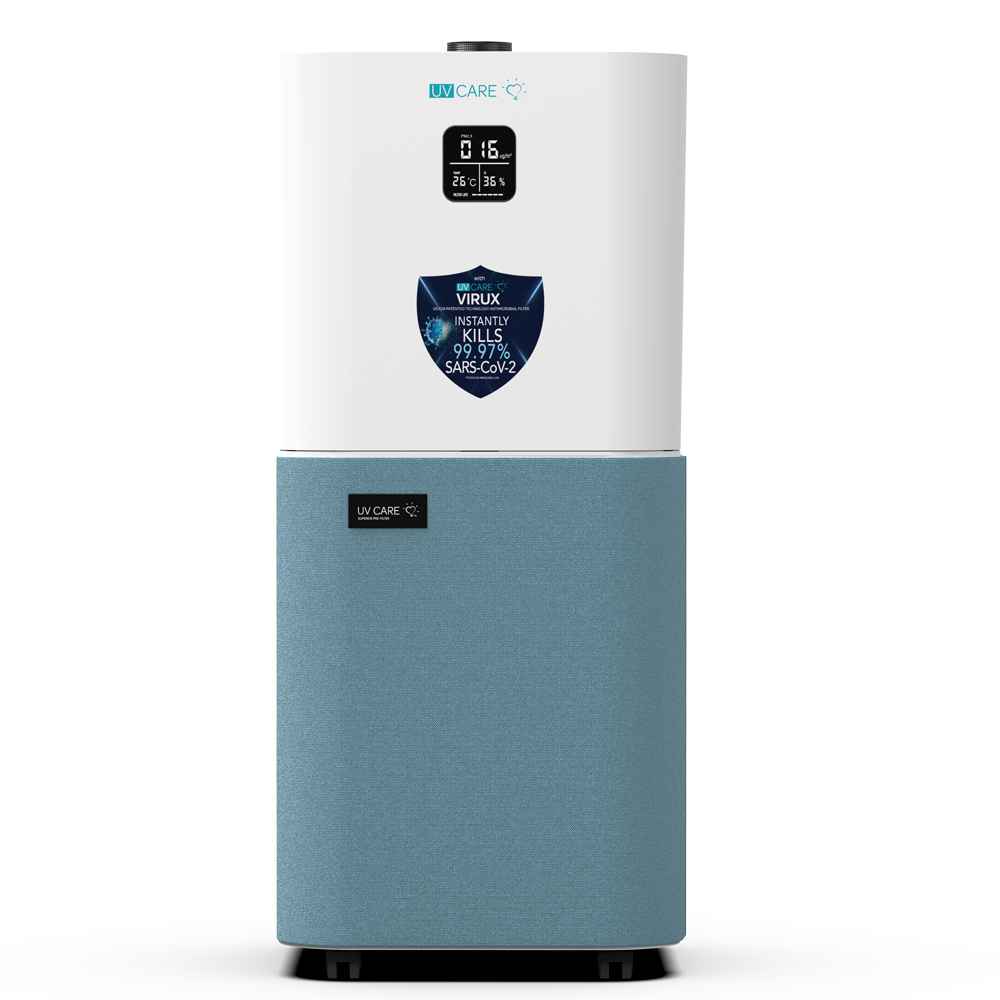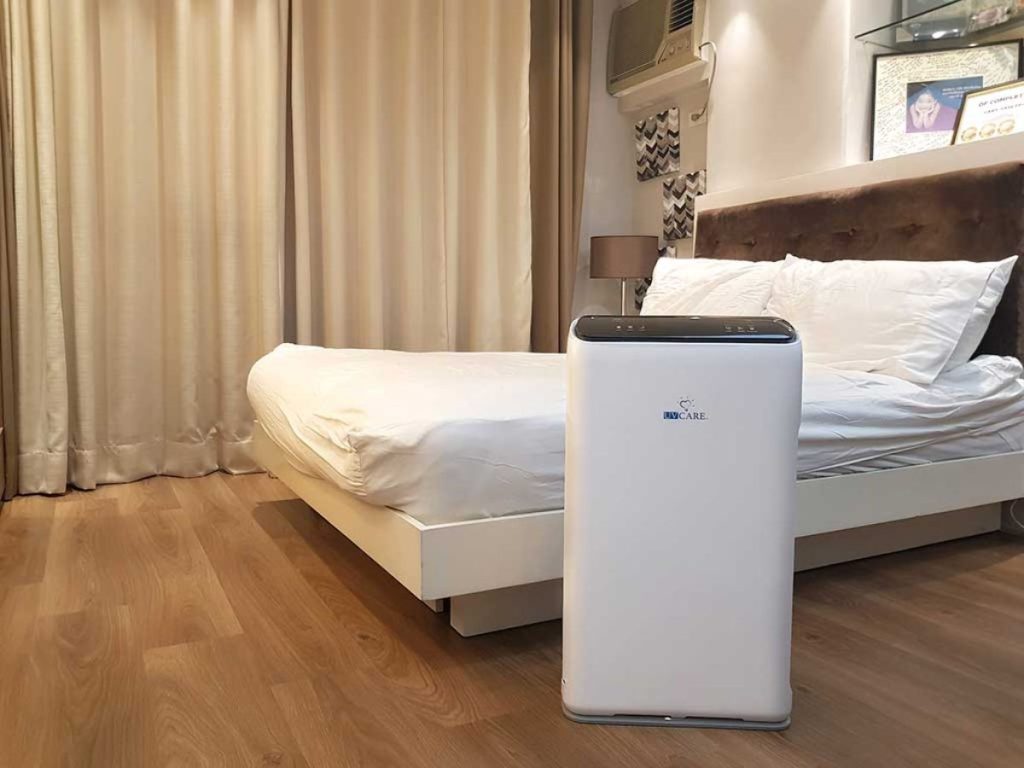
Living with asthma can feel like you’re always on the lookout for triggers that might send your lungs into a frenzy. From dust mites and pet dander to pollen and smoke, the list of potential culprits is long and daunting. That’s where an air purifier for asthma comes into play! These handy devices can significantly improve your indoor air quality, making it easier for you to breathe and reducing the frequency of asthma attacks. But with so many options on the market, how do you choose the right one? Let’s dive in and explore everything you need to know about air purifiers for asthma.
Understanding Asthma and Air Purifiers
What is Asthma?
Asthma is a chronic respiratory condition characterized by inflammation and narrowing of the airways. This makes breathing difficult and can cause symptoms like:
- Shortness of breath
- Wheezing
- Chest tightness
- Coughing
How Air Purifiers Can Help
Air purifiers work by removing contaminants from the air, which can help reduce asthma symptoms triggered by allergens and pollutants. Here’s a quick rundown of how they operate:
Intake: The purifier draws in air from the room.
Filtration: Air passes through filters that trap particles like dust, pollen, and smoke.
Output: Clean air is released back into the room.
By eliminating these airborne irritants, air purifiers can create a more asthma-friendly environment.

Choosing the Right Air Purifier
Types of Air Purifiers
Not all air purifiers are created equal. Here are some common types you’ll encounter:
HEPA Filters
High-Efficiency Particulate Air (HEPA) filters are a top choice for asthma sufferers. They capture 99.97% of particles as small as 0.3 microns, including:
Dust mites
Pollen
Pet dander
HEPA filters are fantastic for removing most allergens, making them a must-have in any asthma-friendly home.
Activated Carbon Filters
These filters are excellent for removing odors and gases. While they don’t capture particles as effectively as HEPA filters, they’re great for dealing with:
Smoke
Chemical fumes
VOCs (volatile organic compounds)
UV-C Light Purifiers
UV-C purifiers use ultraviolet light to kill bacteria, viruses, and mold spores. They’re often combined with other filtration methods to provide a more comprehensive cleaning solution.
Key Features to Look For
When shopping for an air purifier for asthma, keep an eye out for these essential features:
CADR (Clean Air Delivery Rate)
This rating indicates how quickly an air purifier can clean the air in a room. The higher the CADR, the more efficient the purifier. Ensure the CADR matches the size of your room for optimal performance.
Noise Level
You don’t want a device that sounds like a jet engine, especially if it’s running while you sleep. Look for models with a low noise level (measured in decibels).
Maintenance and Filter Replacement
Check how often filters need replacing and their cost. Some purifiers come with washable filters, which can save you money in the long run.
Energy Efficiency
Energy-efficient models will save you on electricity bills. Look for purifiers with an Energy Star rating.
To help you choose your UV Care Air Purifier see the comparison chart below:
UV Care Air Purifier Comparison Chart






Product Name
Coverage Area
40 Square Meters
60 Square Meters
105 Square Meters
190 Square meters
CADR
220 m3/h
320 m3/h
550 m3/h
1,000 m3/h
Filtration System
6 -tages Filtration System
7-Stages Filtration System
9-Stages Filtration System
15-Stages Filtration System
Modes
Auto, Sleep, Timer, Child Lock, PM 2.5Sensor, Air Quality Indicator
Auto, Timer, Child Lock, PM 2.5 Sensor, Air Quality Indicator
Temperature and Humidity Display, PM2.5 Sensor, Light Sensor, Auto, Sleep, Child Lock, Air Quality Indicator
PM 2.5, Light Switch, Auto, Sleep, Child Lock, Air Quality Indicator
Air Quality Indicator
Green – Excellent, Blue – Good, Yellow – Normal, Red – Poor
Green – Excellent, Blue – Good, Red – Poor
Green – Excellent, Blue – Good, Red – Poor
Green – Excellent, Blue – Good, Red – Poor
Noise
45 dB(A)
45 dB (A)
50 dB (A)
60 dB (A)
Ion Technology
Plasma Ion Technology
Negative Ion Technology
Plasma Ion Technology
Plasma Ion Technology
Power Consumption
45W
45W
71W
96W
Power Rating
220V, 60Hz
220V, 65Hz
220V, 60Hz
220V, 60Hz
Product Dimensions
L – 33cm x W – 17cm x H – 51cm
L-37 cm x W- 19.5 cm x H- 65 cm
L-35 cm x W-34.1 cm x H-75 cm
L-37 cm x W-40 cm x H-75.6 cm
Product Weight
4.5kg
8kg
9.5kg
16.5kg
SRP
PHP. 15,995.00
PHP. 22,995.00
PHP. 42,995.00
PHP. 49,995.00
Setting Up Your Air Purifier
Placement Matters
Where you place your air purifier can impact its effectiveness. Follow these tips for optimal placement:
- Bedroom: Since you spend a lot of time here, it’s a crucial spot for clean air. Place the purifier near your bed but not directly against a wall.
- Living Room: Position it where you spend the most time and ensure it’s not obstructed by furniture.
- Multiple Units: For larger homes, consider multiple purifiers to cover more ground.
Operating Tips
To get the most out of your air purifier:
- Run it continuously: Air purifiers work best when they’re always on.
- Keep doors and windows closed: This prevents new contaminants from entering.
- Regularly clean and replace filters: Follow the manufacturer’s guidelines to maintain efficiency.

FAQs: Your Burning Questions Answered!
Do air purifiers really help with asthma?
Yes, air purifiers can significantly reduce asthma symptoms by removing allergens and pollutants from the air.
What type of air purifier is best for asthma?
HEPA air purifiers are the best choice for asthma sufferers as they effectively capture small particles that can trigger symptoms.
Can air purifiers remove all asthma triggers?
While air purifiers can remove many airborne triggers, they can’t eliminate all asthma triggers, such as those found in carpets or bedding.
How often should I replace the filters?
This depends on the model and usage, but typically every 6-12 months. Check the manufacturer’s recommendations.
Can air purifiers help with pet allergies?
Yes, air purifiers can help reduce pet dander in the air, which is a common asthma trigger.
Reducing Asthma Triggers Beyond Air Purifiers
Regular Cleaning
Keeping your home clean can drastically reduce allergens. Here’s how:
Vacuum with a HEPA filter: This traps more dust and allergens than regular vacuums.
Dust regularly: Use damp cloths to prevent dust from becoming airborne.
Wash bedding weekly: Use hot water to kill dust mites.
Control Humidity
High humidity can encourage mold and dust mites. Keep humidity levels below 50% using dehumidifiers or air conditioners.
Allergen-Proof Bedding
Invest in allergen-proof mattress and pillow covers to reduce exposure to dust mites.
No Smoking Indoors
Secondhand smoke is a major asthma trigger. Create a smoke-free environment by banning indoor smoking.




